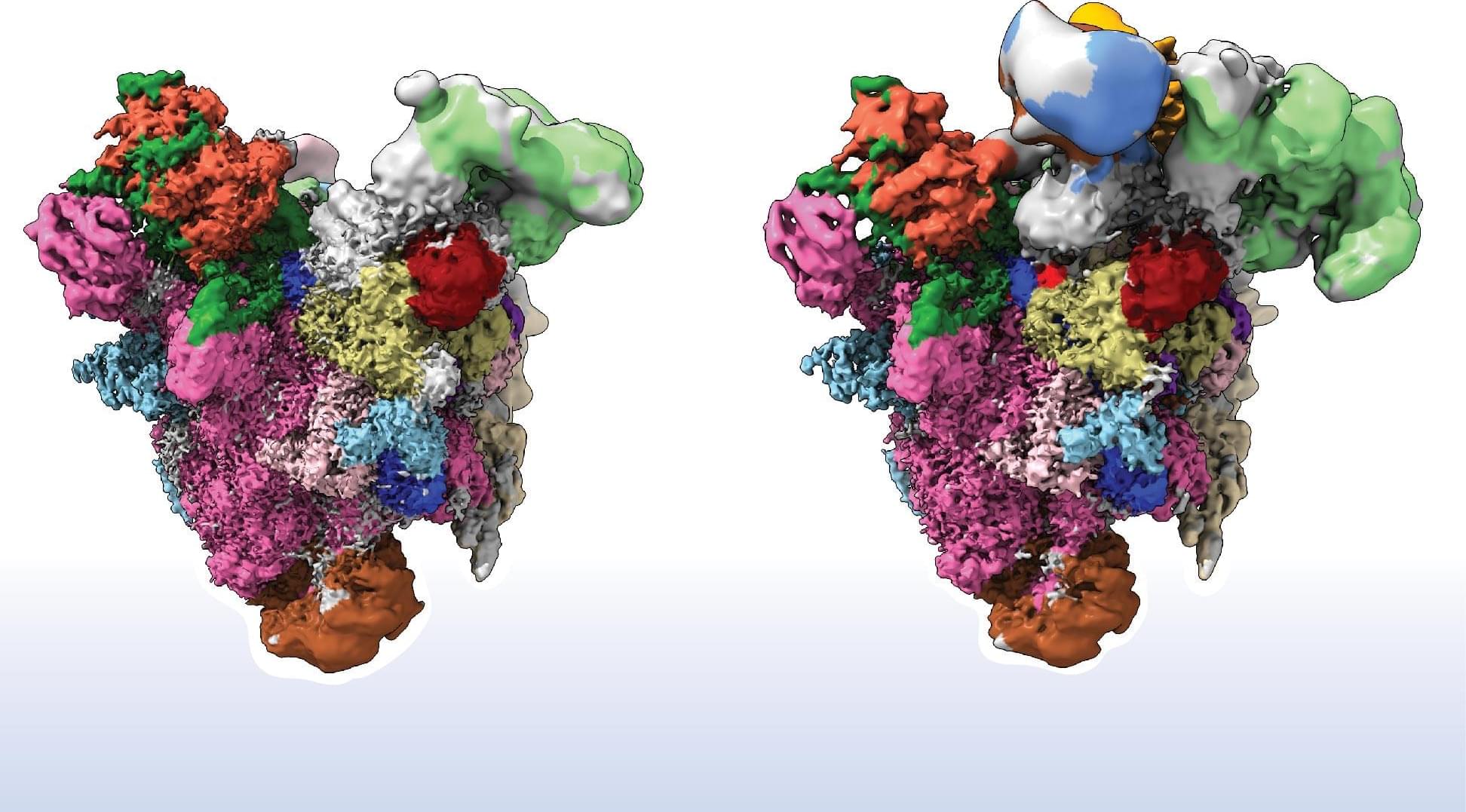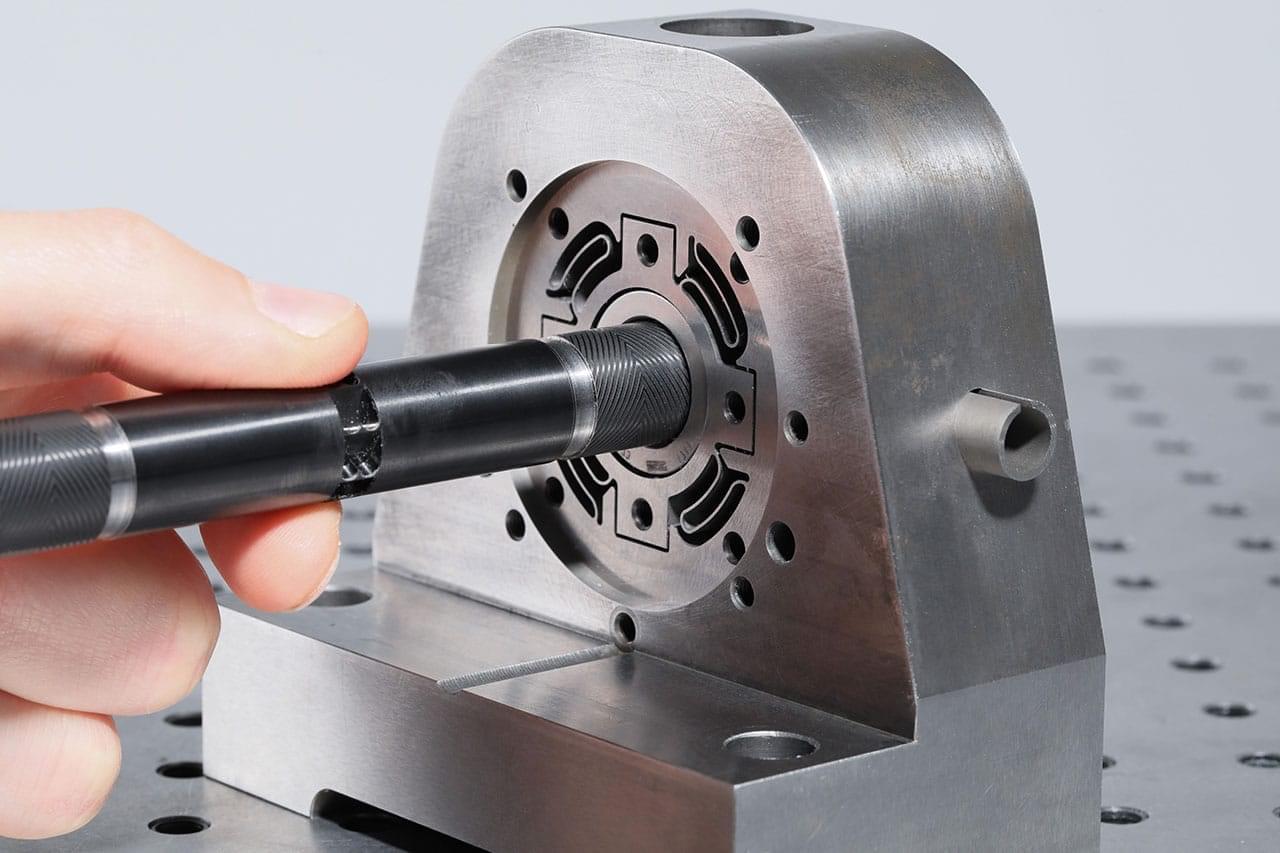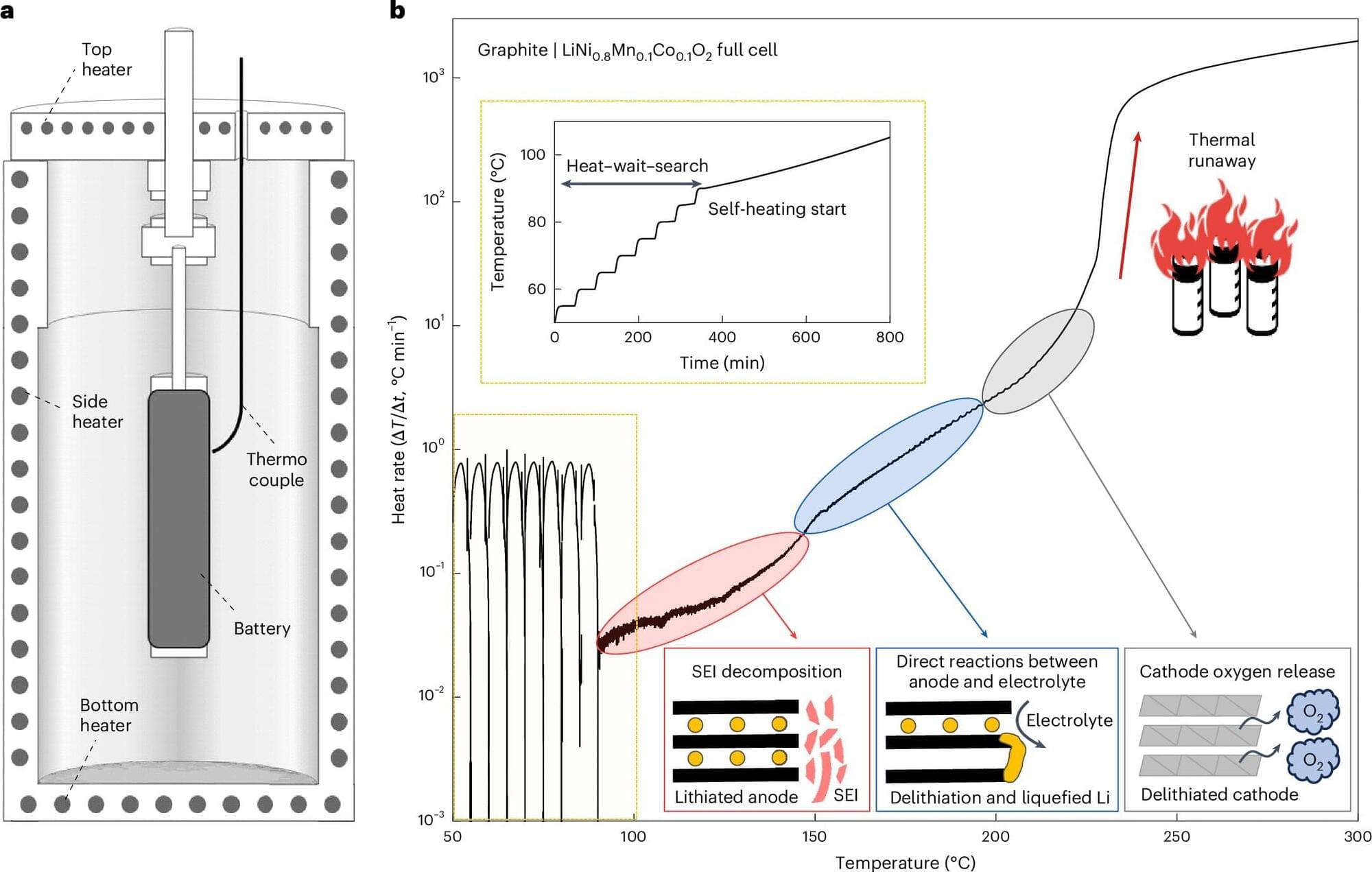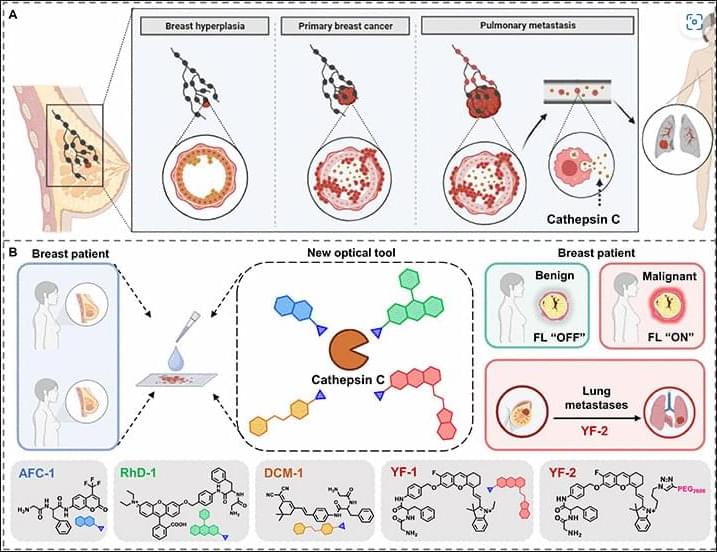Overheating batteries are a serious risk, in the worst cases leading to fires and explosion. A team including researchers from the University of Tokyo has developed a simple, cost-effective method to test the safety of lithium-ion batteries, which opens up opportunities for research into new and safer batteries for the future. The work is publishedNature Energy.
The researchers created an intentionally unstable battery which is more sensitive to changes that could cause overheating. The battery is one-50th the size of conventional batteries, so it is less resource-intensive and tests can be carried out in a smaller lab environment.
News stories abound of lithium-ion batteries overheating, smoking or even exploding. This makes safety testing a top priority for both manufacturers and consumers.









